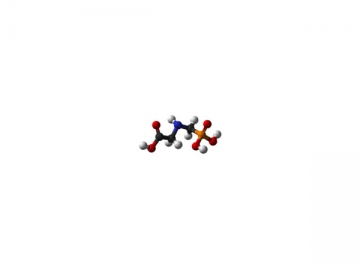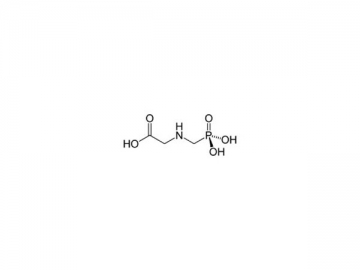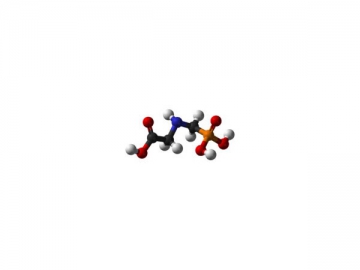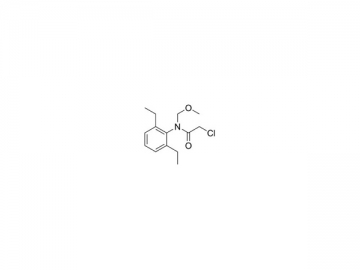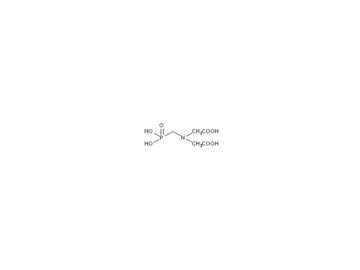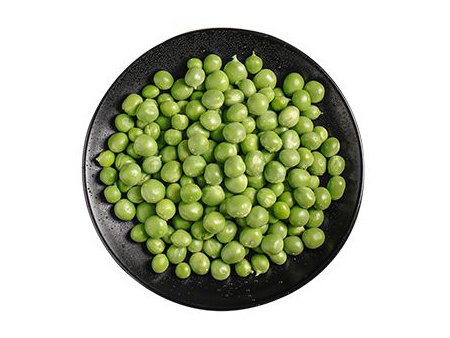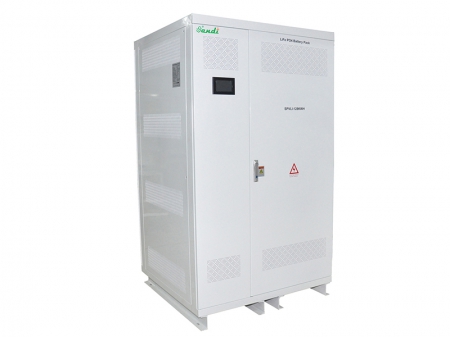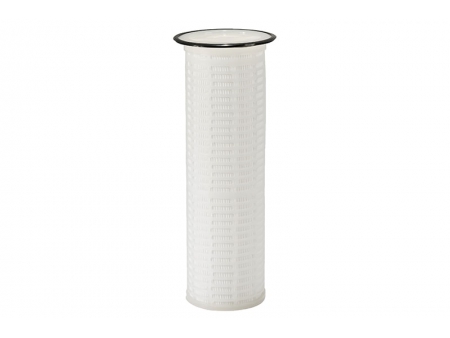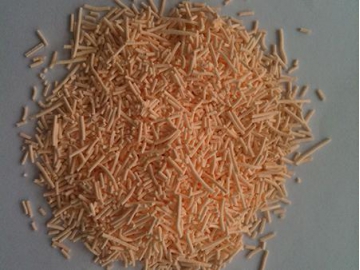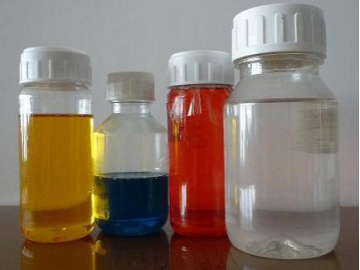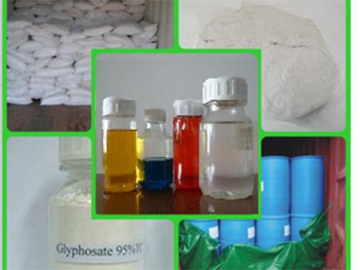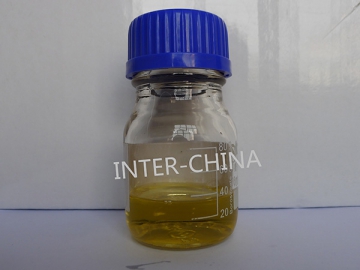Glyphosate
Glyphosate is a broad-spectrum, nonselective herbicide used for control of annual and perennial plants including grasses, sedges, broad-leaved weeds, and woody plants. It can be used on non-cropland as well as on a great variety of crops such as corn, cotton, rubber, mulberry, tea, fruit orchards, sugar cane, etc.
This kind of herbicide is an acid, but it is commonly used in salt form, most commonly the isopropylamine salt. It may also be available in acidic or trimethylsulfonium salt forms. It is generally distributed as water-soluble concentrates and powders.
Uses
1. Our product functions as an annual and perennial weed killer or a broadleaf weed controller.
2. Glyphosate can be used pre-harvest, post-planting/pre-emergence and in stubble of the cereals, peas, beans, oilseed rape, flax and the mustard at c. 1.5-2 kg/ha.
3. It can be directly sprayed on vines and olives at c. 4.3 kg/ha.
4. This product is applicable to orchards, pasture, forestry and industrial weed control at c. 4.3 kg/ha.
5. It acts as an aquatic herbicide at c. 2 kg/ha.
Mode of Action
Glyphosate can prevent the conversion of sikimin to phenylalanine, tyrosine and tryptophan by inhibiting 5-enolpyruvylshikimate-3-phosphate synthase (EPSPS). It seriously interferes with protein biosynthesis, which may lead to plant death.
Toxicological Effects
1. Acute Toxicity
Glyphosate is practically nontoxic by ingestion, with an acute oral LD50 of 5600 mg/kg in the rat. The toxicities of the product and the formulated product are nearly the same. The oral LD50 for the trimethylsulfonium salt is approximately 750 mg/kg in rats, which indicates moderate toxicity. Formulations may show moderate toxicity as well (LD50 values between 1000 mg/kg and 5000 mg/kg). Oral LD50 values are greater than 10,000 mg/kg in mice, rabbits, and goats.
This chemical product is practically nontoxic by skin exposure, with reported dermal LD50 values of greater than 5000 mg/kg for the acid and isopropylamine salt. The trimethylsulfonium salt has a reported dermal LD50 of greater than 2000 mg/kg. The acid is reportedly not irritating to the skin of rabbits, and does not induce skin sensitization in guinea pigs.
Some formulations may cause much more extreme irritation of the skin or eyes. In a number of human volunteers, patch tests produced no visible skin changes or sensitization. The reported 4-hour rat inhalation LC50 values for the technical acid and salts were 5 to 12 mg/L, indicating moderate toxicity. Some formulations may show high acute inhalation toxicity.
2. Chronic Toxicity
Studies of glyphosate lasting up to 2 years, have been conducted with rats, dogs, mice, and rabbits, and with few exceptions no effects were observed. For example, in a chronic feeding study with rats, no toxic effects were observed in rats given doses as high as 400 mg/kg/day. Also, no toxic effects were observed in a chronic feeding study with dogs fed up to 500 mg/kg/day, the highest dose tested.
3. Reproductive Effects
Laboratory studies show that this product produces reproductive changes in test animals very rarely and then only at very high doses (over 150 mg/kg/day). It is unlikely that the compound would produce reproductive effects in humans.
4. Teratogenic Effects
In a teratology study with rabbits, no developmental toxicity was observed in the fetuses at the highest dose tested (350 mg/kg/day). Rats given doses up to 175 mg/kg/day on days 6 to 19 of pregnancy had offspring with no teratogenic effects, but other toxic effects were observed in both the mothers and the fetuses. No toxic effects to the fetuses occurred at 50 mg/kg/day. This product does not appear to be teratogenic.
5. Mutagenic Effects
Glyphosate mutagenicity and genotoxicity assays have been negative. These included the Ames test, other bacterial assays, and the Chinese Hamster Ovary (CHO) cell culture, rat bone marrow cell culture, and mouse dominant lethal assays. It appears that our chemical product is not mutagenic.
6. Carcinogenic Effects
Rats given oral doses up to 400 mg/kg/day did not show any sign of cancer, nor did dogs given oral doses up to 500 mg/kg/day or mice fed glyphosate at doses up to 4500 mg/kg/day. It appears that our product is not carcinogenic.
7. Organ Toxicity
Some microscopic liver and kidney changes after death of laboratory animals, but no observable differences in function or toxic effects can be found. .
8. Impact on Humans and Animals
Our product is poorly absorbed from the digestive tract, and it is largely excreted by mammals. On the 10th day after treatment, there were only minute amounts in the tissues of rats fed the product for 3 weeks. Cows, chickens, and pigs fed small amounts of glyphosate had undetectable levels (less than 0.05ppm) in muscle tissue and fat. Levels in milk and eggs were also undetectable (less than 0.025ppm). Our product has no significant potential to accumulate in animal tissue.
Ecological Effects
1. Effects on Birds
Our chemical product is slightly toxic to wild birds. The dietary LC50 in both mallards and bobwhite quail is greater than 4500ppm.
2. Effects on Aquatic Organisms
Technical glyphosate is practically nontoxic to fish and may be slightly toxic to aquatic invertebrates. The 96-hour LC50 is 120mg/L in bluegill sunfish, 168mg/L in harlequin, and 86mg/L in rainbow trout. The reported 96-hour LC50 values for other aquatic species include greater than 10mg/L in Atlantic oysters, 934mg/L in fiddler crab, and 281mg/L in shrimp.
The 48-hour LC50 for glyphosate in daphnia (water flea) is 780 mg/L. Some formulations may be more toxic to fish and aquatic species due to differences in toxicity between the salts and the parent acid or to surfactants used in the formulation. There is a very low potential for the compound to build up in the tissues of aquatic invertebrates or other aquatic organisms.
3. Effects on Other Organisms
Our product is nontoxic to honeybees. Its oral and dermal LD50 is greater than 0.1mg/ bee. The reported contact LC50 values for earthworms in soil are greater than 5000ppm.
Environmental Effects
1. Breakdown in Soil and Groundwater
Glyphosate is moderately persistent in soil, with an estimated average half-life of 47 days. Its half-life is reported to range from 1 to 174 days. Glyphosate is strongly adsorbed to most soils, even those with lower organic and clay content. Thus, even though it is highly soluble in water, field and laboratory studies show it does not leach appreciably, and has low potential for runoff (except as adsorbed to colloidal matter). One estimate indicated that less than 2% of the applied chemical is lost to runoff. Microbes are primarily responsible for the breakdown of the product, and volatilization or photodegradation losses will be negligible.
2. Breakdown in Water
In water, this product is strongly adsorbed to suspended organic and mineral matter. It is broken down primarily by microorganisms. Its half-life in pond water ranges from 12 days to 10 weeks.
3. Breakdown in Vegetation
Our product may be translocated throughout the plant, including to the roots. It is extensively metabolized by some plants, while remaining intact in others.
| ADI | 0.3 mg/kg/day |
| MCL | Not Available |
| RfD | 0.1 mg/kg/day |
| PEL | Not Available |
| HA | 0.7 mg/L (lifetime) |
| TLV | Not Available |

